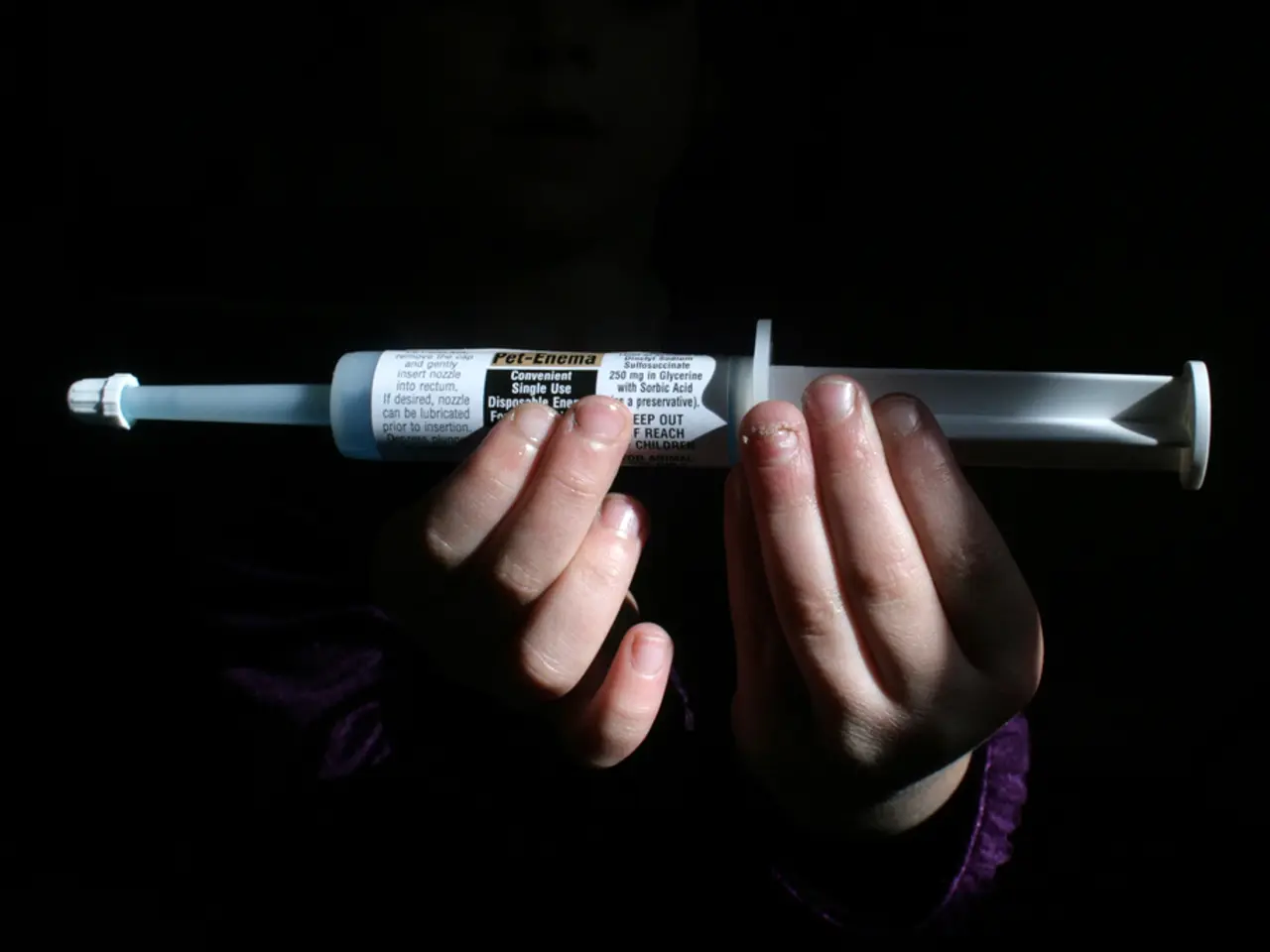Calcium Channel Blockers Found to Reverse Muscle Weakness in Myotonic Dystrophy, According to Research
In the ongoing quest to combat Myotonic Dystrophy Type 1 (DM1), a common form of muscular dystrophy causing muscle weakness and prolonged muscle tensing, significant strides are being made.
Researchers from various institutions have collaborated to uncover new insights into the disease, shedding light on potential treatment avenues. The study, led by John Lueck, PhD, and co-authored by Charles Thornton, MD, among others, has identified combined calcium and chloride channelopathy as a central role in the muscle function impairment found in DM1.
The team created a mouse model that mimics four splicing defects found in DM1 in genes associated with the calcium and chloride channels. These genetically modified mice exhibit severe myotonia, muscle weakness, impaired mobility, respiratory defects, and a marked reduction in lifespan, replicating the symptoms seen in DM1 patients.
The study suggests that muscle impairment in DM1 can be potentially mitigated by common clinically available calcium channel blockers. Treatment of the genetically modified mice with verapamil, a calcium channel blocker, leads to a quick recovery of muscle function and a resemblance to healthy, wild type peers.
Calcium channel modulation is a potential therapeutic strategy for DM1, according to the research. However, it is essential to note that verapamil is not an appropriate treatment for DM1 in humans due to its potential cardiac side effects. The researchers believe that the calcium channel is a new therapeutic target and aim to find an appropriate and safe calcium channel blocker for potential DM1 treatment.
DYNE-101, developed by Dyne Therapeutics, is another promising candidate for future treatment. This treatment has recently received Breakthrough Therapy Designation from the FDA for its potential in treating DM1. DYNE-101 demonstrated sustained improvements in myotonia and other clinical endpoints during the ACHIEVE trial, making it a promising candidate for future treatment.
Design Therapeutics has also discovered new transcription modulators that could be useful for treating DM1. These modulators represent a novel approach to managing the condition.
The future of muscular dystrophy treatment, including DM1, looks promising with ongoing research into gene therapy technologies. These platforms are being expanded to treat other muscular dystrophies like FSHD, offering hope for transformative treatments in these conditions. Companies like Dyne Therapeutics are pursuing expedited approval pathways globally, which could lead to faster access to treatments for DM1 patients.
People with myotonic dystrophy may experience difficulty walking, swallowing, and breathing due to the disease affecting the eyes, heart, and brain. The ongoing research and development of new treatments offer hope for those living with this debilitating condition. As the field advances, the potential for improved quality of life and even a cure for DM1 becomes increasingly promising.
- The study, focusing on Myotonic Dystrophy Type 1, proposes that chronic muscle impairment can be potentially mitigated through the use of therapies and treatments specifically targeting calcium channels, such as calcium channel blockers.
- In the realm of health and wellness, researchers are investigating neurological disorders like DM1, seeking to uncover novel therapies and treatments for medical-conditions like this, with the aim of improving quality of life and eventually achieving a cure.
- The advancements in science and medical research, particularly in the areas of chronic diseases and therapies and treatments, are bringing hope to those affected by conditions like myotonic dystrophy, offering promising solutions for the management and potential eradication of these debilitating disorders.




